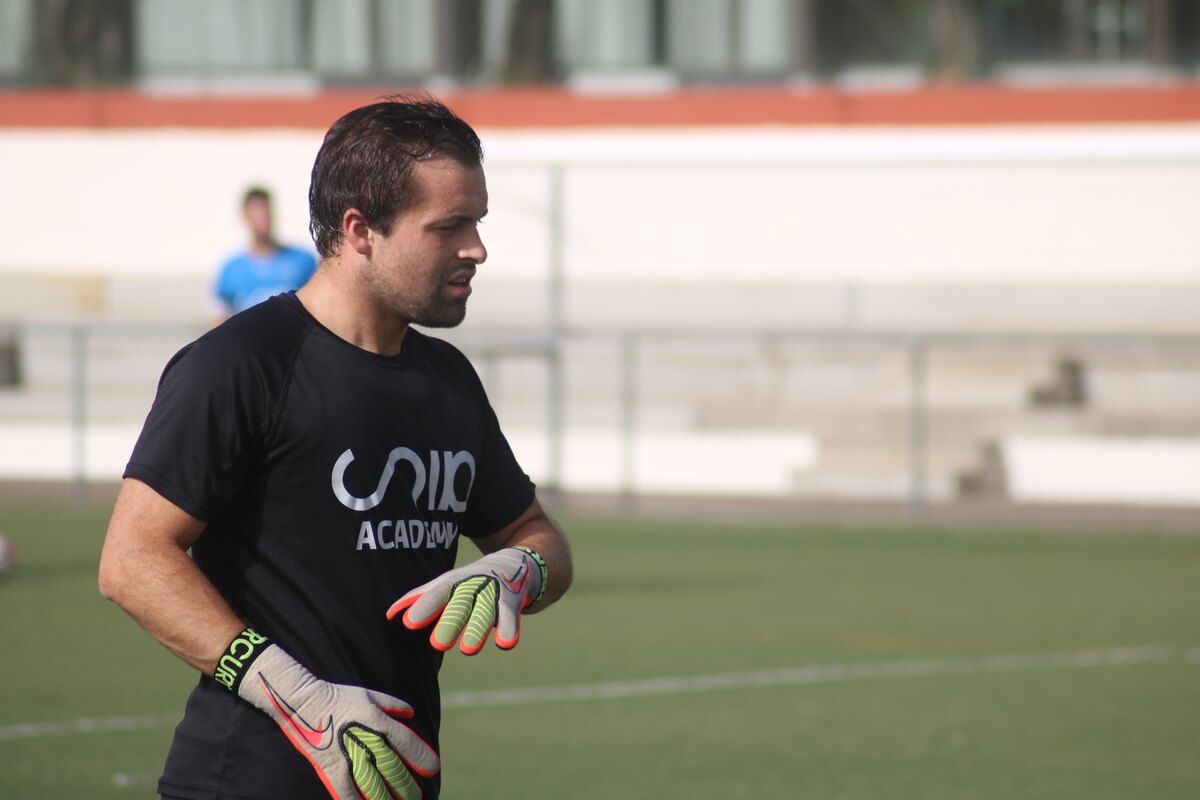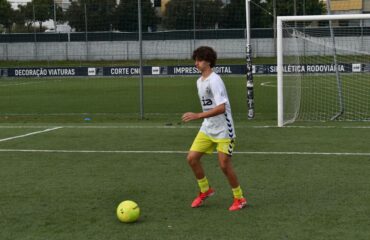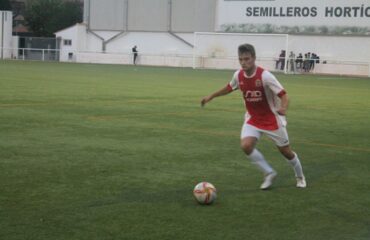The goalkeeper’s position on the pitch is one of the most complex that we can find. The evolution it has undergone in recent years has forced coaches to work in a more holistic way with the goalkeeper. Today we can divide the goalkeeper’s tasks into four main groups: preventing chances, preventing shots, preventing goals and, finally, initiating attacking play.
Types of training for goalkeepers
La primera tarea, evitar ocasiones de gol, conlleva las siguientes acciones: el guardameta debe leer posibles acciones del poseedor del balón, así como las de sus compañeros/as, adaptarse a las diferentes situaciones del juego para, finalmente, comunicar de manera rápida, clara y precisa a sus compañeros los peligros existentes y que estos puedan corregir su atención o posición.
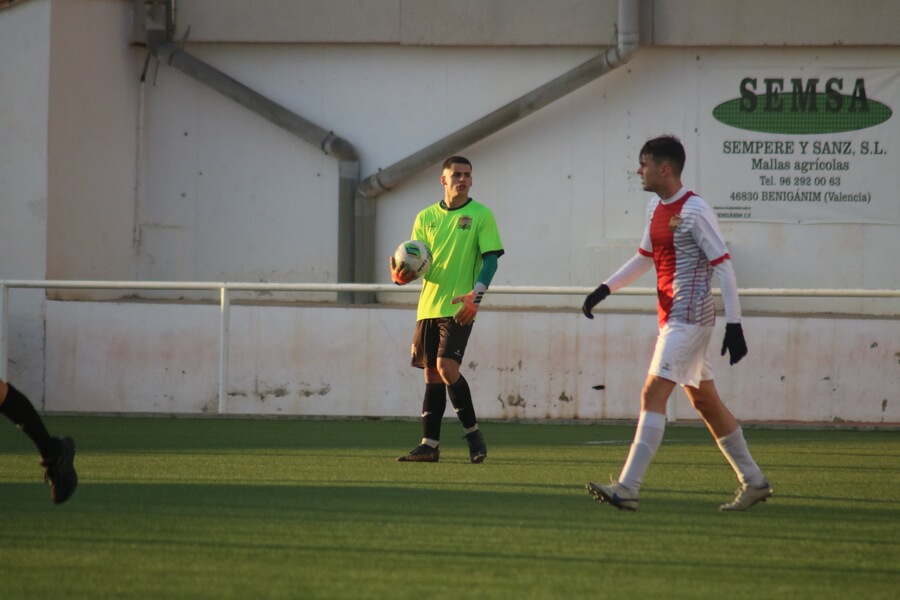
The second task is to prevent shots from the opponent. This task is directly related to the first one, that is to say, a good analysis of the possible actions of both the ball holder and his teammates (body position of the opponent without the ball, possible passing lines, empty spaces) will allow the goalkeeper to anticipate during the movement of the ball and prevent it from reaching an opponent in the danger zone. In order to do this, the goalkeeper will make an exit, a clearance, an anticipation, etc.
Goalkeeping is key to preventing goals
The third and most important task is to prevent a goal. After all, the two previous tasks were intended to prevent the goalkeeper’s direct intervention under the posts and, therefore, to reduce the team’s risk of conceding a goal.
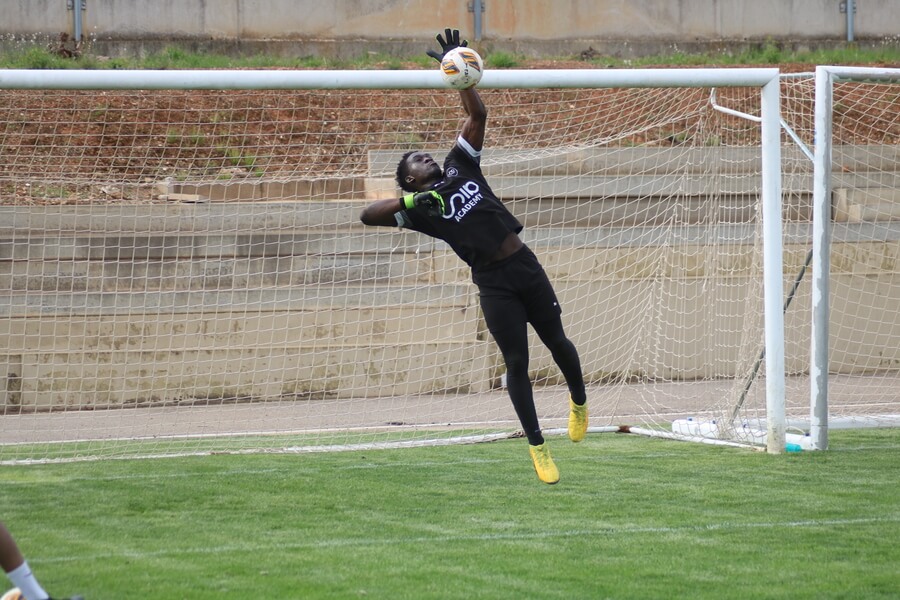
The goalkeeper must master the positioning in goal according to the position of the ball, maintain an appropriate body position for each situation, correctly execute the technical actions (save, block, deflection, displacement, repositioning) and interpret which technique to use at any given moment. On the other hand, the individual physical conditions and the work done will help in the development of this task.
Start of play from goalkeeper
Finally, there is the task of initiating play, which has taken on greater importance in team play. We now include the goalkeeper as an additional player when the team initiates play from the back.
Including the goalkeeper as an extra player on the pitch allows the team in possession of the ball to generate numerical superiority over their opponents when they are under pressure when the ball comes out. That is why nowadays when we watch a professional football match, we notice that goalkeepers have improved their footwork a lot and that the number of times they intervene with their feet has increased over the years.
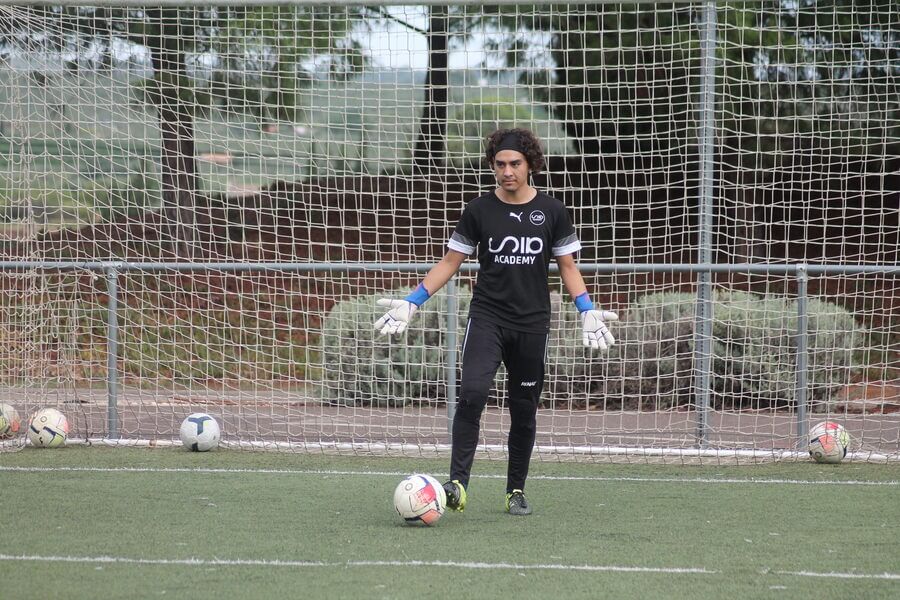
The goalkeeper today
Current studies show the change in trend, Hernandez. V et al. (2022) in their article “Differences in defensive and offensive actions of goalkeepers qualified and not qualified for the 2018 FIFA World Cup” conclude that the offensive actions of goalkeepers are greater than the defensive ones. Sainz de Baranda et al. (2005), in their study of the 2002 World Cup in Korea and Japan, observed that the most executed offensive actions by goalkeepers were the pass (M = 11.31) and the goal kick (M = 9.56).
Similar results were obtained in a later research by Sainz de Baranda et al. (2019), where the most used offensive actions were the serve (M = 17.60), pass with the ball in motion (M = 9.81) and the short pass (M = 8.42). In the same line of results, Pérez et al. (2016) showed that the most executed offensive actions correspond to control-pass (M = 2.67), low pass with the hand (M = 1.85) and short serve with the foot (M = 1.62). These are clear examples of the need for coaches to help the goalkeeper with his footwork.
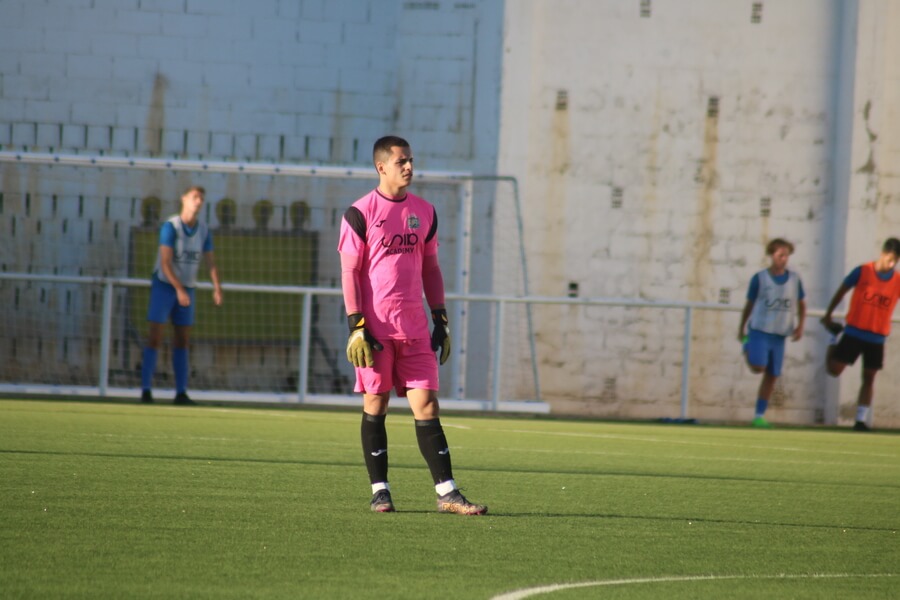
As goalkeeping coaches, what can we do to help the goalkeeper improve?
There are several aspects to take into account. Firstly, we will pay attention to the stage of training we are in. Secondly, we will take into consideration the physical characteristics and/or skills of the goalkeepers themselves, as we must adapt our sessions to the needs of the working group we have in front of us.
Thirdly, we must adapt to the time of the session and the space we have available. Bearing these aspects in mind, we will be able to carry out exercises with different degrees of complexity. Furthermore, the coach’s work must be oriented towards helping the goalkeeper to solve any problems he may encounter in the match, so we should not focus exclusively on technical actions, but rather on providing the training with a holistic approach.
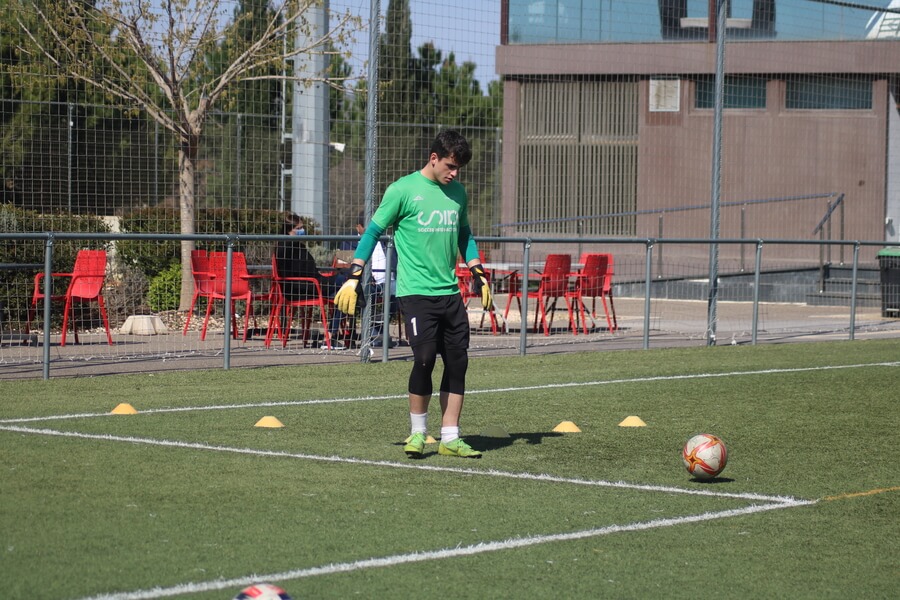
Goalkeeping coach objectives
Our objective will be to help the goalkeeper to understand how, when and why he/she should execute these technical actions and their tactical implications within the match according to the different situations that may occur.
In conclusion, we must organise the training starting from a more analytical work where we will work on the technique, to reach the main part where we propose real match actions where the goalkeeper interprets and analyses what happens, makes a decision and executes the corresponding actions in the shortest possible time.
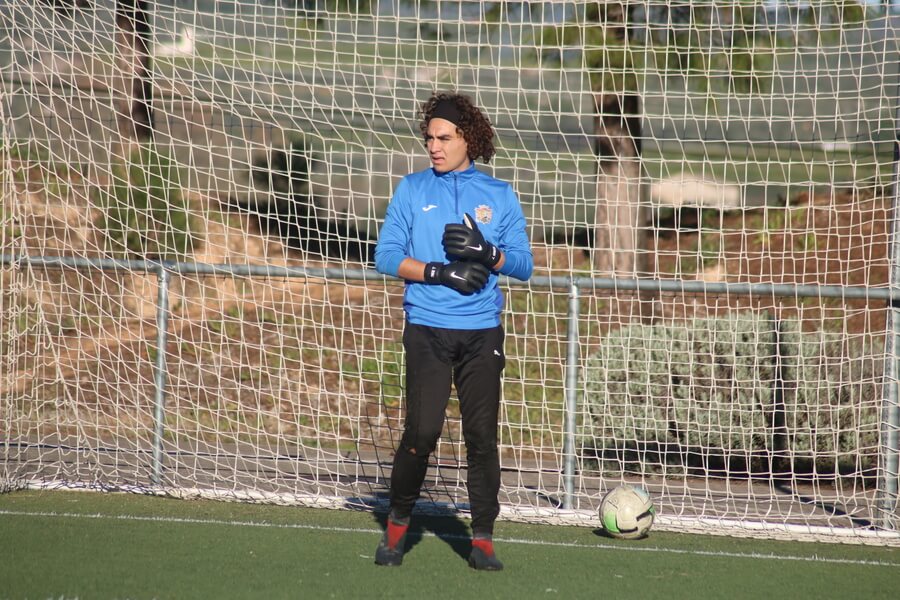
It is important to reason with the goalkeepers what possibilities of play can occur in different situations, so that they can reason and internalise these mechanisms of reflection, which will allow them to reduce the reaction time when making decisions in matches.
In addition to field work, it is important to use training sessions with audiovisual material produced by the coach himself with recordings of matches or televised matches that allow the goalkeeper to analyse the different situations from another point of view.
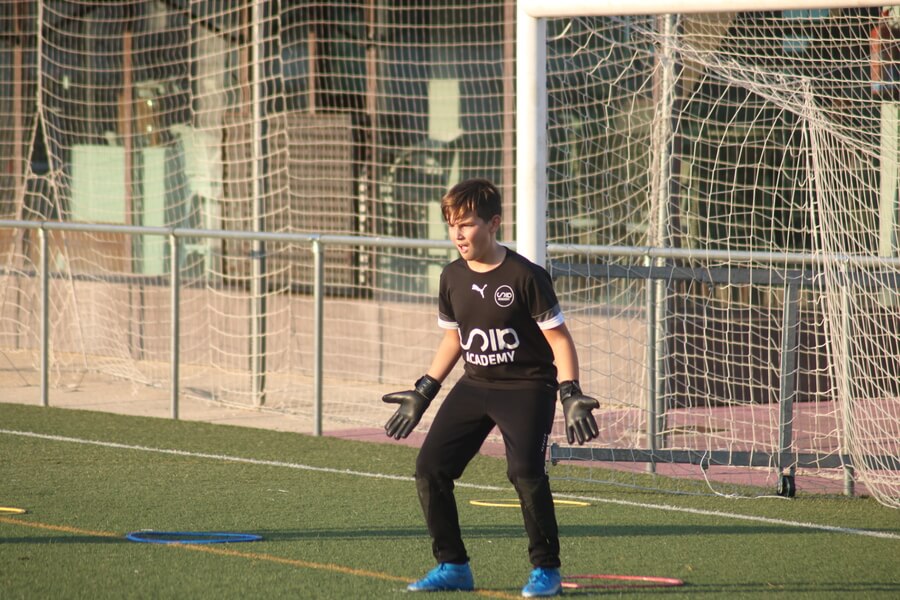
Bibliographical references:
Hernández, V. M., Bastías, D. D., & Ramírez, F. G. (2022). Differences in the defensive and offensive actions of qualified and non-qualified goalkeepers in the 2018 FIFA World Cup. Challenges: new trends in physical education, sport and recreation, (44), 928-935.
Sainz de Baranda, P., Rodriguez, D., Novo, J., Ortega, E., & Llopis, L. (2005). Analysis of the defensive actions of the goalkeeper in 7-a-side football. Apunts: Physical Education and Sports, 2005(80), 45-52.
Sainz de Baranda, P., Adan, L., Garcia-Angulo, A., Gomez-Lopez, M., Nikolic, B & Ortega-Toro, E. (2019). Differences in the offensive and defensive actions of the goalkeepers at women’s FIFA world cup 2011. Frontiers in Psychology, 10.https://doi.org/10.3389/fpsyg.2019.00223.



